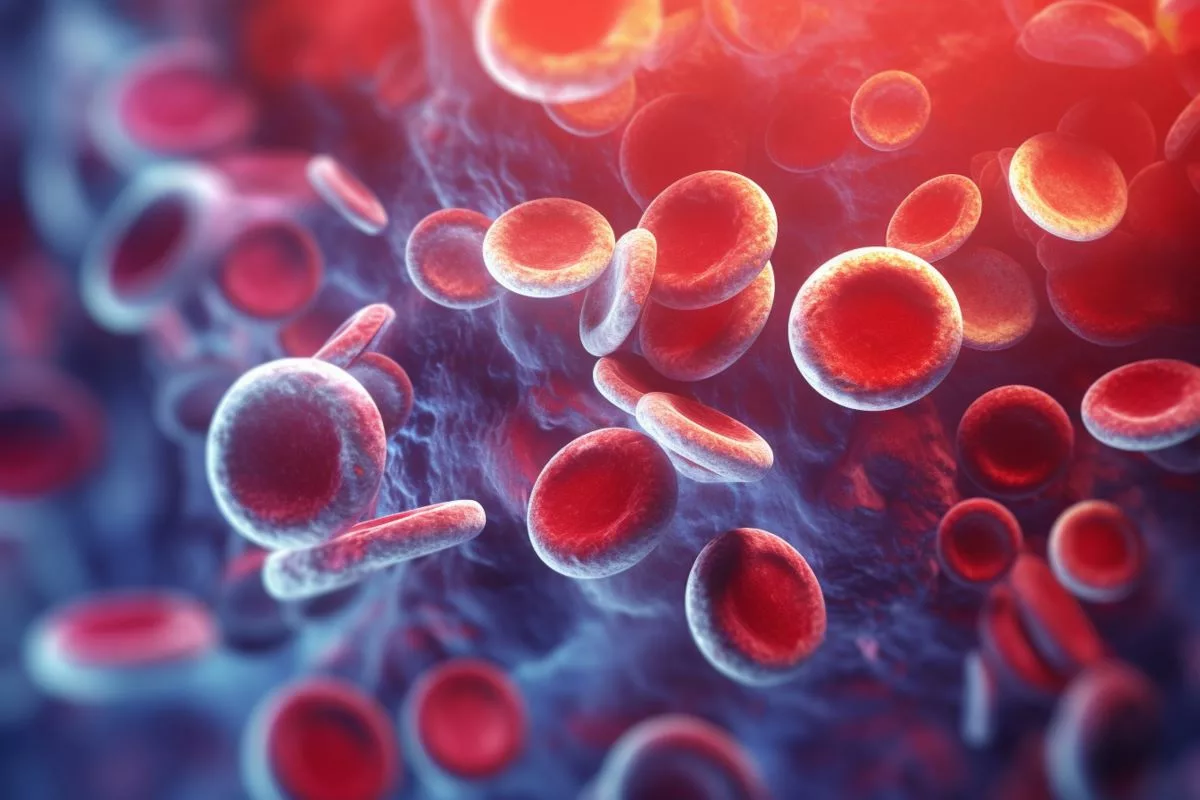About leukaemia
Find out facts about leukaemia, including how it develops and the different types.

What is leukaemia?
Leukaemia (or ‘leukemia’ in the US) is a type of blood cancer. Specifically a cancer of the white blood cells (also called leukocytes) – it starts in the bone marrow. Leukaemia results in the over-production of abnormal white blood cells. These cells are unable to carry out their normal function as the part of the immune system, to defend and protect against infection.
White blood cells are consistently generated in the bone marrow. They flow through the bloodstream and attack foreign bodies, like viruses and bacteria. They can even leave the bloodstream to extend the fight into tissue. In leukaemia, the abnormal cells (leukaemia cells) behave differently from healthy white blood cells and may no longer provide protection against infection.
Leukaemia doesn’t discriminate. It affects people of all ages – babies, children and adults.
Leukaemia facts
- In the UK, 28 new patients are diagnosed with leukaemia every day – that’s 9,907 every year.
- Despite progress, under 60% of leukaemia patients in England survive their disease for five years or more
- 59% of leukaemia deaths in the UK each year are people aged 75 and over.
- Leukaemia is the most common type of cancer in children under 15 (over 650 children and young adults are diagnosed every year).
But we’re doing everything we can to change this.

How does leukaemia develop?
Leukaemia develops when the process of normal and healthy white blood cell production goes wrong. The white blood cells then develop in an uncontrolled way. Too many white blood cells may be produced, and they may not be fully formed or mature. This means the white blood cells cannot do their usual job of fighting infection. These cells may also impair the ability of the bone marrow to produce the other essential cells such as red blood cells (which carry oxygen) and platelets (which help blood clot). Or they can crowd out the red blood cells and platelets, so these cells no longer work properly.
The normal process of blood cell production starts with a stem cell – an immature cell that can develop into all types of blood cells. When the stem cell divides, it can either produce more stem cells or other immature blast cells that develop into mature blood cells over time. In this process of specialisation, immature blast cells become either lymphoid or myeloid cells.
Are there different types of leukaemia?
Leukaemia is a cancer of the white blood cells and can be grouped by the type of white cell affected- myeloid or lymphoid. As well as by the way the disease progresses (acute or chronic). Acute and chronic do not necessarily refer to how serious the disease is but to how rapidly it may progress.
Acute leukaemia means it progresses quickly and aggressively, and usually requires immediate treatment.
Chronic leukaemia means it progresses more slowly and, in some cases, may not require immediate treatment.
The different types of leukaemia are named according to:
1. The type of blood cell which is affected.
2. Whether the leukaemia is acute (faster growing) or chronic (slower growing).
There are four main types of leukaemia:
What are lymphoid and myeloid cells?
Lymphoid cells
Myeloid cells
Research has the power to stop leukaemia devastating lives
We firmly believe that research has the power to make a difference and truly change lives. We want to bring about positive change, through accelerating progress in diagnosis, treatment and care for those living with leukaemia today and for everyone diagnosed tomorrow and in the future.


